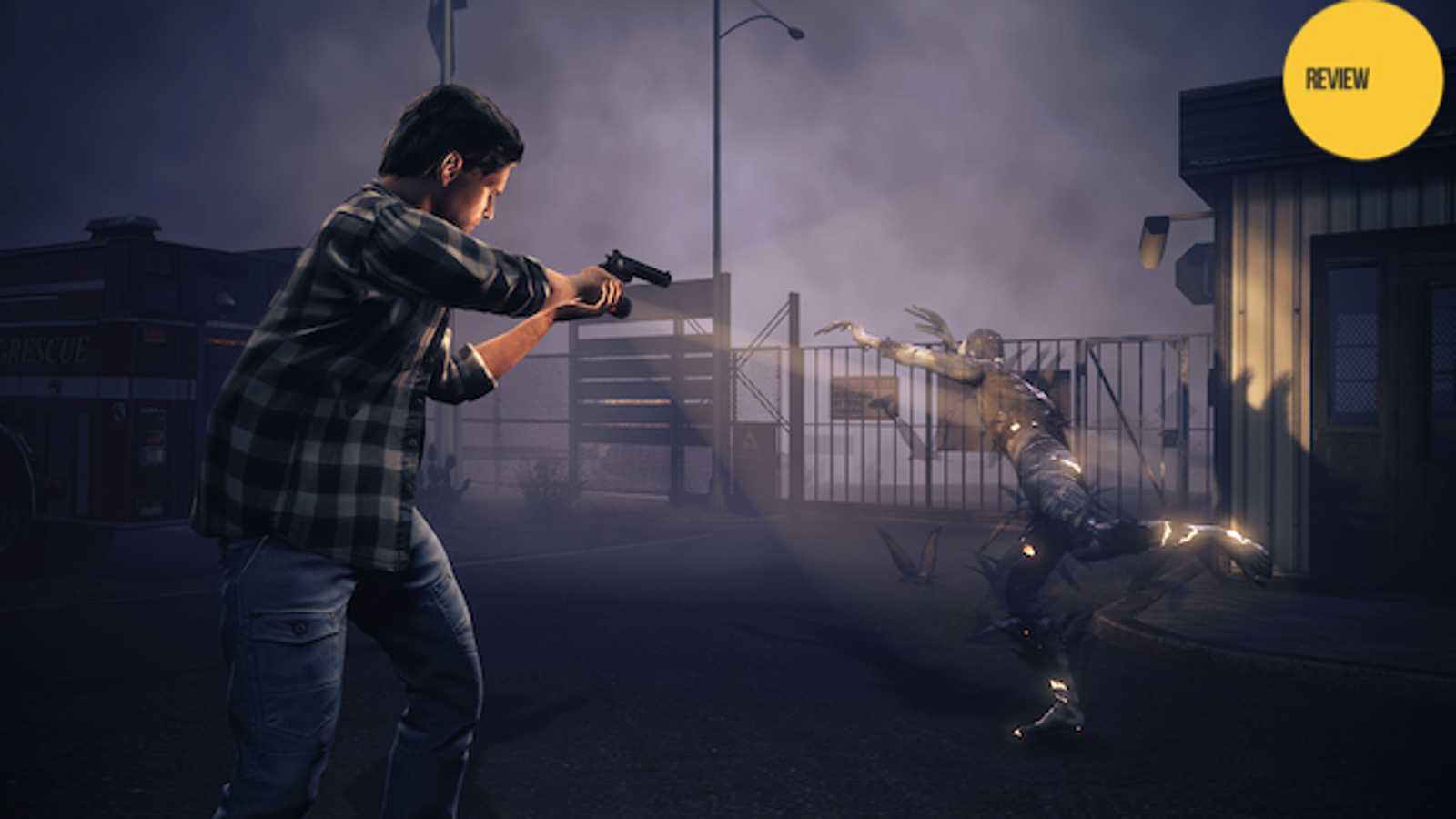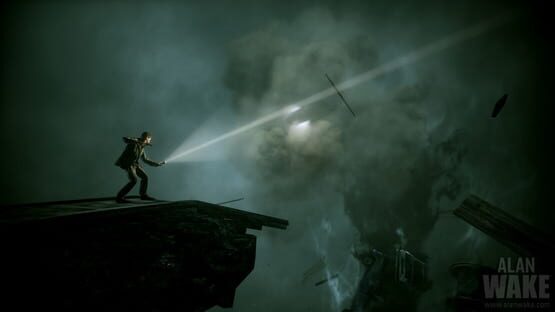


Chris of Chris’ Survival Horror Quest site provides a nice analysis of eastern vs. Unlike western horror, Japanese horror focus less attention on explanation. This quality not only influenced the design of these games but also their narrative. The second quality comes from a Japanese cultural perspective on horror. The result, in addition to what is mentioned above, was slow and often clunky character movement, limited weapons and/or ammunition, and a third person perspective where the character is onscreen at all times. They had to focus more on intellectual and emotional engagement as opposed to the visceral feel you get when you’re playing, say, a Super Mario Brothers. In other words, due to technological limitations the developers had to find more creative ways to scare the person playing the game. Though this quality is partly due to cultural beliefs/approaches to horror (see below), it is important to note the technology for these games were not sophisticated enough for complex interaction between the player character and “enemies” on screen. First, they largely de-prioritize combat mechanics, favoring challenging the player through elements like on-location puzzles, mazelike game areas, using the environment itself against enemies, and even fleeing and hiding instead of direct combat.” “itles like these all have distinct differences… but they all tend to have a few traits in common.
ALAN WAKE 2 KOTAKU SERIES
Though each series had their differences they had two distinctive qualities. These titles were released shortly after the PlayStation landed on store shelves in 1994 and were largely responsible for the success of the game machine. The games that are largely regarded to have put the genre on the map were Resident Evil(1996), Silent Hill (1999), and Fatal Frame (2001). But, first – a brief history of horror games.


 0 kommentar(er)
0 kommentar(er)
